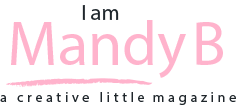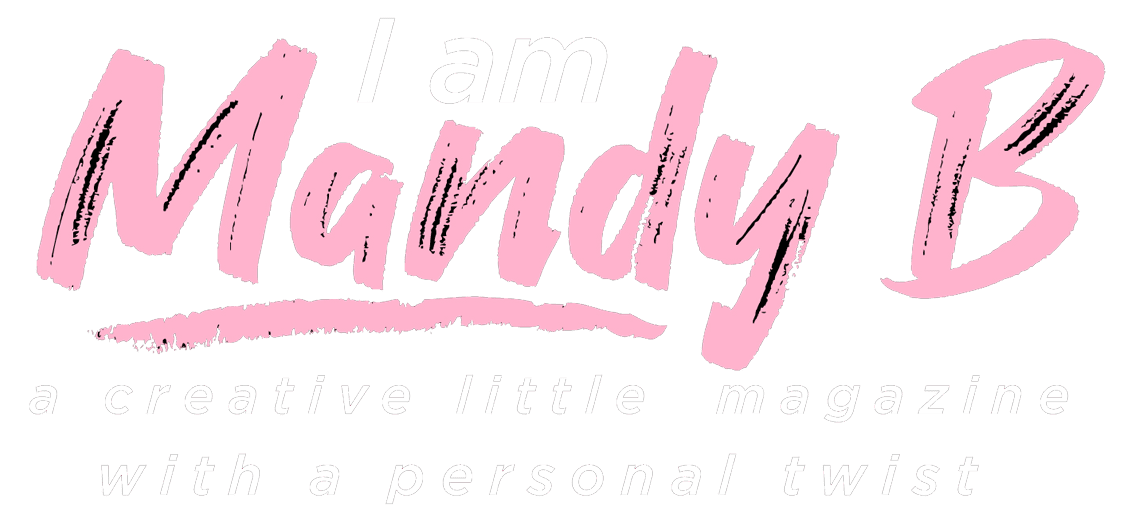Fashion is not just about clothing; it is a form of self-expression, a tool for empowerment, and, for many, a therapeutic outlet that can positively impact mental well-being. The relationship between fashion and therapy is a dynamic one, providing individuals with opportunities for self-discovery, confidence-building, and creative expression. Here’s how fashion can serve as a therapeutic medium for people:
1. Self-Expression and Identity:
- Fashion allows individuals to express their unique personalities and communicate aspects of their identity. Choosing clothing styles, colors, and accessories becomes a creative outlet for self-expression. For those navigating personal growth or exploring their identity, fashion becomes a canvas where they can experiment with different looks and discover what resonates with them.
2. Boosting Self-Esteem and Confidence:
- The right outfit has the power to boost self-esteem and confidence. When individuals feel good about how they look, it positively influences their mindset. Selecting clothing that aligns with personal style and makes them feel comfortable and empowered can be a confidence-building experience. This boost in confidence can extend beyond appearance, impacting overall self-assurance.
3. Body Positivity and Acceptance:
- Fashion can play a crucial role in promoting body positivity and self-acceptance. Embracing one’s body and celebrating its uniqueness through clothing choices can be a transformative experience. As individuals experiment with styles that highlight their favorite features or challenge societal norms, they foster a sense of body confidence and self-love.
4. Rituals and Mindfulness:
- Engaging in fashion-related rituals, such as planning outfits for the week, shopping mindfully, or organizing a wardrobe, can contribute to a sense of mindfulness. These activities allow individuals to be present in the moment, making thoughtful choices about their clothing and style. This mindfulness can extend to other areas of life, promoting a sense of calm and intentionality.
5. Empowerment through Style:
- Fashion has the power to empower individuals by allowing them to assert their uniqueness and take control of their narrative. Through style choices, people can communicate their values, beliefs, and aspirations. This empowerment can extend beyond the personal realm, influencing how individuals navigate social and professional spheres.
6. Therapeutic Shopping:
- Shopping, when approached with intention and mindfulness, can be a therapeutic experience. It provides an opportunity for individuals to make choices that align with their preferences, fostering a sense of autonomy. Additionally, the act of trying on clothes, experimenting with styles, and curating a wardrobe can be a form of self-care and an avenue for self-discovery.
7. Creative Outlet:
- Fashion serves as a creative outlet for individuals to express themselves artistically. Creating unique outfits, experimenting with colors and patterns, and even DIY projects contribute to a sense of creativity and personal expression. This creative aspect of fashion can be particularly therapeutic for those who find solace in artistic endeavors.
8. Coping Mechanism:
- For many, fashion becomes a coping mechanism during challenging times. Selecting outfits that evoke positive emotions or provide a sense of comfort can be a simple yet effective way to navigate stress or emotional distress. Having a go-to outfit that brings joy or a favorite accessory that serves as a talisman can offer a sense of stability and reassurance.
9. Connection and Community:
- Fashion creates a sense of connection and community. Shared interests in style and trends can bring people together, fostering a sense of belonging. Online communities, fashion forums, and social media platforms provide spaces where individuals can share their fashion journeys, seek inspiration, and offer support to one another.
10. Therapeutic Transformations:
- Fashion has the power to facilitate transformative experiences. Wardrobe makeovers, style transformations, and personal styling sessions can be therapeutic processes that help individuals redefine their self-image. These experiences go beyond external appearances, influencing how individuals perceive themselves and their capabilities.
11. Adaptive Clothing for Mental Health:
- Adaptive clothing designed with mental health considerations in mind can enhance the well-being of individuals facing specific challenges. Clothing with sensory-friendly features, like soft fabrics or adjustable closures, can provide comfort for those with sensory sensitivities. Adaptive fashion contributes to creating inclusive and supportive environments.
12. Mind-Body Connection:
- The mind-body connection is evident in the way individuals respond to different textures, colors, and fabrics. Soft and comfortable clothing can contribute to a sense of relaxation, while bold colors may evoke energy and positivity. Recognizing and leveraging this connection allows individuals to intentionally curate wardrobes that support their mental well-being.
13. Celebration of Milestones:
- Fashion can be a way to celebrate personal milestones and achievements. Whether it’s dressing up for a special occasion, wearing a symbolic piece of clothing, or creating a “success outfit,” individuals can use fashion to mark moments of triumph and reinforce positive experiences.
14. Personal Style Evolution:
- Tracking the evolution of personal style over time can be a therapeutic journey. Observing changes in fashion preferences, experimenting with new styles, and embracing evolving tastes can parallel personal growth. The adaptability and fluidity of fashion allow individuals to express their dynamic nature and embrace change.
15. Fashion as Rituals of Self-Care:
- Engaging in fashion-related rituals, such as a weekly closet organization or a monthly wardrobe review, can become forms of self-care. These rituals contribute to a sense of order, promote mindfulness, and create spaces for individuals to connect with themselves through their clothing choices.
In conclusion, the therapeutic potential of fashion extends beyond the surface-level aesthetics. Through self-expression, confidence-building, and creative exploration, fashion becomes a powerful tool for enhancing mental well-being. It allows individuals to navigate their personal journeys, celebrate their identities, and embrace a holistic approach to self-care. By recognizing the transformative impact of fashion, individuals can cultivate a positive




